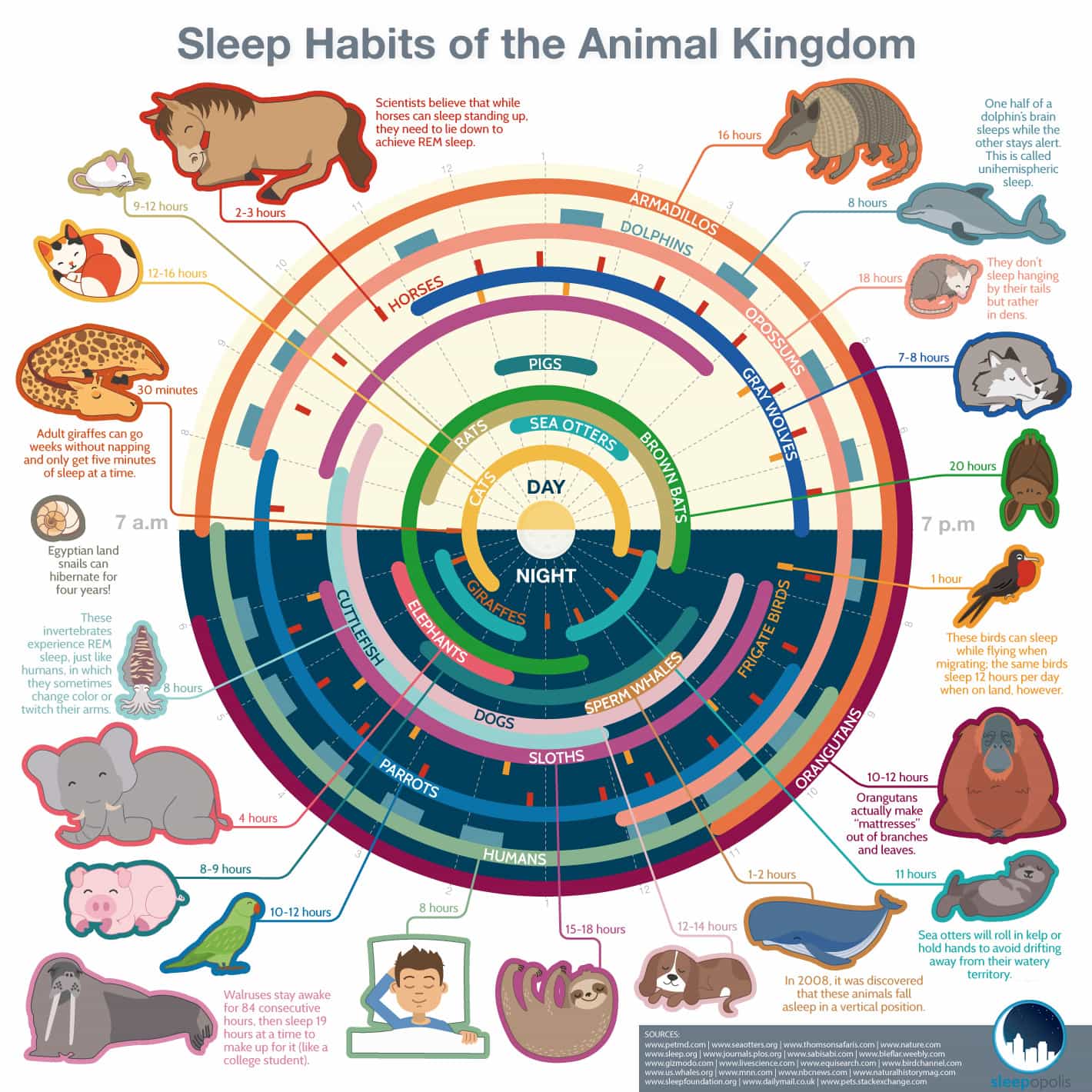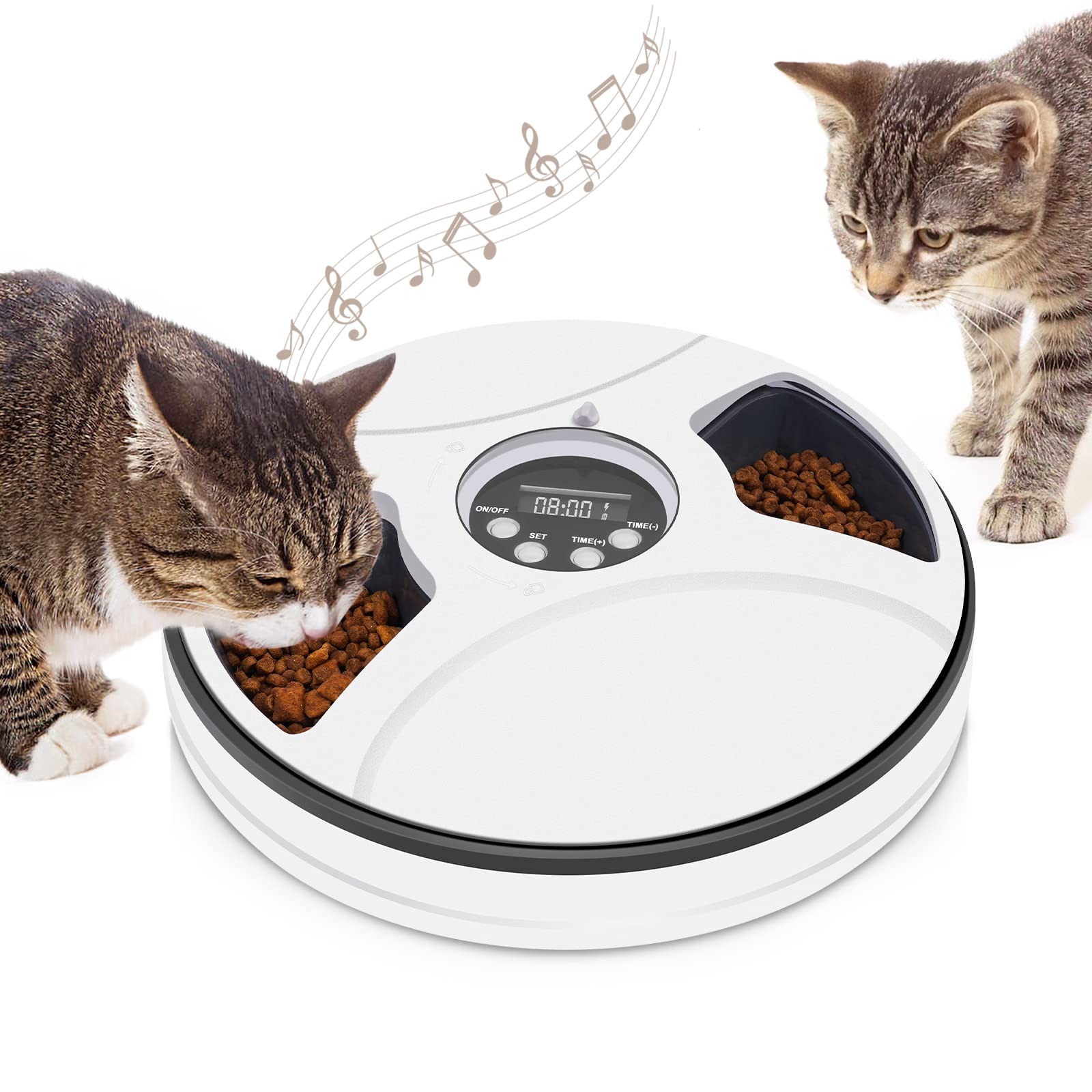Managing Your Cat’s Nighttime Activity: Tips for a Peaceful Night

As a cat owner, few things can be more frustrating than when your furry friend decides 3 AM is an excellent time to race around the house or practice their vocals. While some nighttime activity is natural for our feline companions due to their crepuscular instincts, there are various ways we can manage disruptive nocturnal behavior for a calmer, quieter home environment.
Understanding Your Cat’s Sleep Patterns
Cats tend to sleep in short bursts rather than long stretches, averaging 13 to 16 hours of shut eye per 24-hour period. They enter rapid eye movement (REM) sleep much faster than humans, meaning they experience several dream cycles through the day. Their polyphasic sleep pattern evolved as both a survival mechanism and reflection of natural hunting behaviors.
There are key differences between a human and feline circadian rhythm. People follow a monophasic pattern with one long sleep period. Cats alternate between phases of active wakefulness and snoozing up to 20 brief napping sessions daily. Their active times usually bookend our own nocturnal slumber between dusk and dawn.
As natural hunters, cats experience periods of explosive energy to chase prey interspersed with resting. Their sleep consists of light dozing to preserve environmental awareness for protection and deep REM phases when visions of that elusive red dot may dance through their heads.

A cat in deep REM dream sleep may twitch, jerk, or meow softly without actually waking. During their lighter non-REM snoozing, any small disturbance like an opening door or crinkling treat bag will make them fully alert. Understanding your cat’s sleep architecture helps decipher their overnight antics.
Tips to Manage Disruptive Nocturnal Behavior
While you can’t make your cat sleep the night away like their human cohabitants, the following methods can help discourage disruptive after-dark activities.
- Engage in vigorous playtime right before bed to get your cat tuckered out. Wands, feather toys on strings, laser pointers, and treat-dispensing puzzles are great for burning off excess energy.
- Feed cats a meal shortly before you turn in for the night so they are not waking you for breakfast. An automated timed feeder works well too.
- Provide interesting solo toys for bats, pounces, and nibbles to keep midnight zoomies and hunting urges under control.
- Cat trees, scratching posts, and elevated perches give bored felines appropriate spots to climb and scratch rather than directing the behaviors onto off-limit household items.

- Hide treats and favorite toys around the house before bed so cats can seek them out.
- Use synthetic feline pheromone sprays or diffusers to induce a natural calming effect.
- Make sure litter boxes are fresh, clean, and easily accessible to avoid accidents.
- Give cats access to a flowing water fountain to prevent noisy early morning wake-ups for faucet drinks.
- Draw curtains or blinds at night to block outdoor stimuli from stirring indoor curiosity.
- Secure cat flaps to contain cats indoors and prevent roaming or fighting under the moonlight.
Training Your Cat for Better Sleep Habits
While reprimanding cats or locking them out of bedrooms may seem an easy fix for night disturbances, gentler conditioning provides longer-lasting results. Use positive reinforcement to encourage good behavior at appropriate times.
- Establish a regular sleep and wake schedule – Cats feel secure with consistency. Feeding, play sessions, nap times, and bedtime at consistent hours reinforces their natural rhythms.
- Restrict night access to off-limit areas and provide approved alternatives. Use baby gates to keep cats away from bedroom doors.
- Employ automated toys and feeders on timers to stimulate cats when you sleep and feed them right when you wake.
- Incorporate a soothing pre-bed routine like brushing and calming treats to transition their mood from chaos to sleepytime.
With time, effort, and rewards your cat can adapt their behavior for restful nights. Stick to the program for best results.

Addressing Specific Night Problems
Along with general nighttime management, target solutions at the root of any disruptive cat problems for a peaceful home after dark.
- Stop early AM wake-up calls by securing food access overnight, keeping litter clean, and tiring them before bed.
- Muffle vocalizing with masking noise like fans or sound machines. Check with a vet to address underlying issues.
- Discourage late night scratching and protect furniture by providing designated scratchers and keeping claws trimmed.
- Close bedroom doors or place self-warming covered cat beds in your room for quiet company that leaves you undisturbed.
- Clean soiled areas completely with enzymatic spray and switch to larger, unscented litter boxes if necessary.
Frequently Asked Questions
Why does my cat keep me awake at night?
Waking their human is a natural feline instinct to initiate playtime or social interaction. Hunger, loneliness, discomfort, stress or other needs can also cause sleep disruptions.
How much total sleep is normal for an adult cat daily?
The average cat sleeps 13 to 16 hours out of every 24 but patterns vary by age and personality. Kittens and seniors nap more. Quieter cats sleep longer than active ones.
Is playing with my cat right before bed a bad idea?
Not at all – vigorous evening play is crucial to tire them out for the overnight snooze ahead. Just avoid overly stimulating cats right before you turn lights out.
The Path to Peaceful Cat Nights
While you can’t dictate a cat’s sleep-wake cycles, you can take steps toward a calmer home once the sun goes down. Know your cat’s rhythms, direct behaviors positively, address specific issues, and incorporate healthy management strategies for serene nights ahead.

